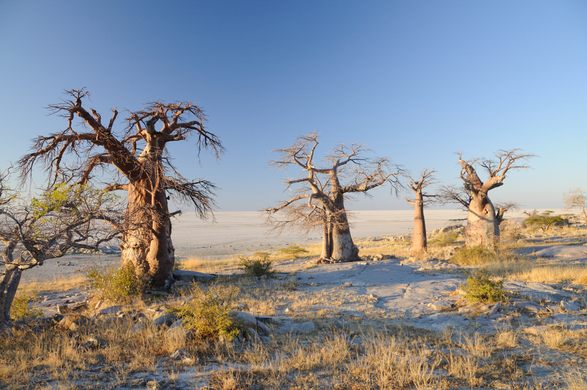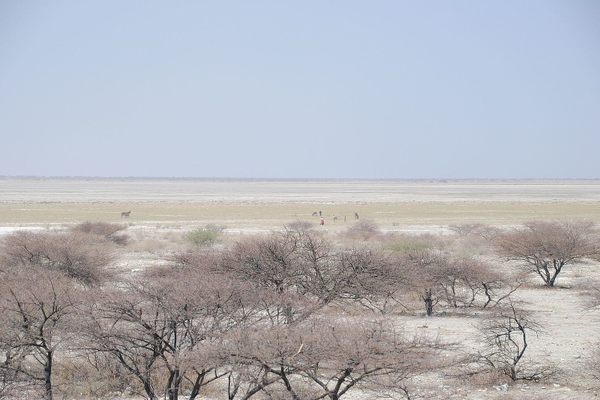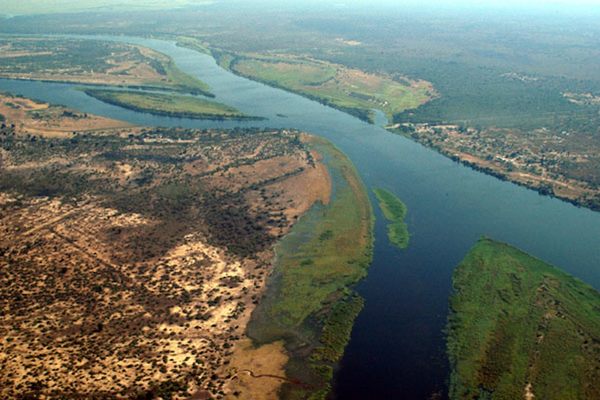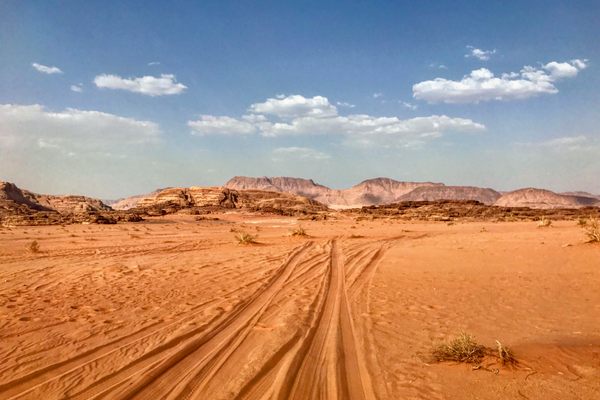Kubu Island
An enchanting rocky island of scraggly baobabs surrounded by an ancient sea and sprawling salt pans.
Rising like the grey-colored humps of hippo wallowing in muddy water, Kubu Island is a fitting name for the mounds of rock that lie almost smack bang in the middle of Botswana’s Makgadikgadi Salt Pans. The name Kubu means either “large rock” in the Kalanga language or Hippo in Tswana. The local lingo for this popular off-roading destination alludes to the watery history of long gone times.Geologically speaking, these sprawling salt flats bear proof that this was once a prehistoric lake. The water that now feeds the Victoria Falls and the Okavango Delta, used to spill over here all the way from Angola in the north. But tectonic activity shifted the waters away leaving today’s travelers with desert and shallow mud in rain season.
Although the rocky outcrop is just 30 feet high, the summit of Kubu Island is enough to offer panoramic views across the vast plains surrounding it. Turn in a 360-degree circle and you cannot see any other civilization, only an infinite white horizon. This total lack of human habitation also makes this great white space a top location for uninterrupted stargazing. Look closely at some of the seemingly whitewashed rocks. Experts say this is actually fossilized guano from waterbirds that once perched along the edge of the Great Makgadigadi Lake. Also, archeological recovery has revealed the presence of prehistoric humans through abundant finds of stone tools. Some believe the island was an initiation centre for male Gain-O indegeneous people.Wildlife is abundant but limited to smaller mammals, birds and reptiles.
Know Before You Go
Kubu Island and the pans surrounding this enigmatic anomaly in the otherwise sparse landscape is only accessible in a 4-wheel drive vehicle. You can access the island via Gweta, north of the Makgadigadi Pans, or via Lethlakane, in the south.
Be aware that the roads get muddy after rain. The salt panes are not completely flat, some roads are over higher grounds, others cross seasonal pools. Use off-road navigation and do ask for directions from somebody familiar with the area.
You can camp below the baobabs at Kubu Island by making a booking with the Gaing O Community Trust, who are the custodians of Kubu Island National Monument and campsite in Sua Pan. Take everything you need to be self-sufficient. There is no water or firewood and only very basic long drop ablutions. Be respectful. The island is still largely considered a sacred place by locals.
Community Contributors
Added by
Edited by
Plan Your Trip
The Atlas Obscura Podcast is Back!


























Follow us on Twitter to get the latest on the world's hidden wonders.
Like us on Facebook to get the latest on the world's hidden wonders.
Follow us on Twitter Like us on Facebook